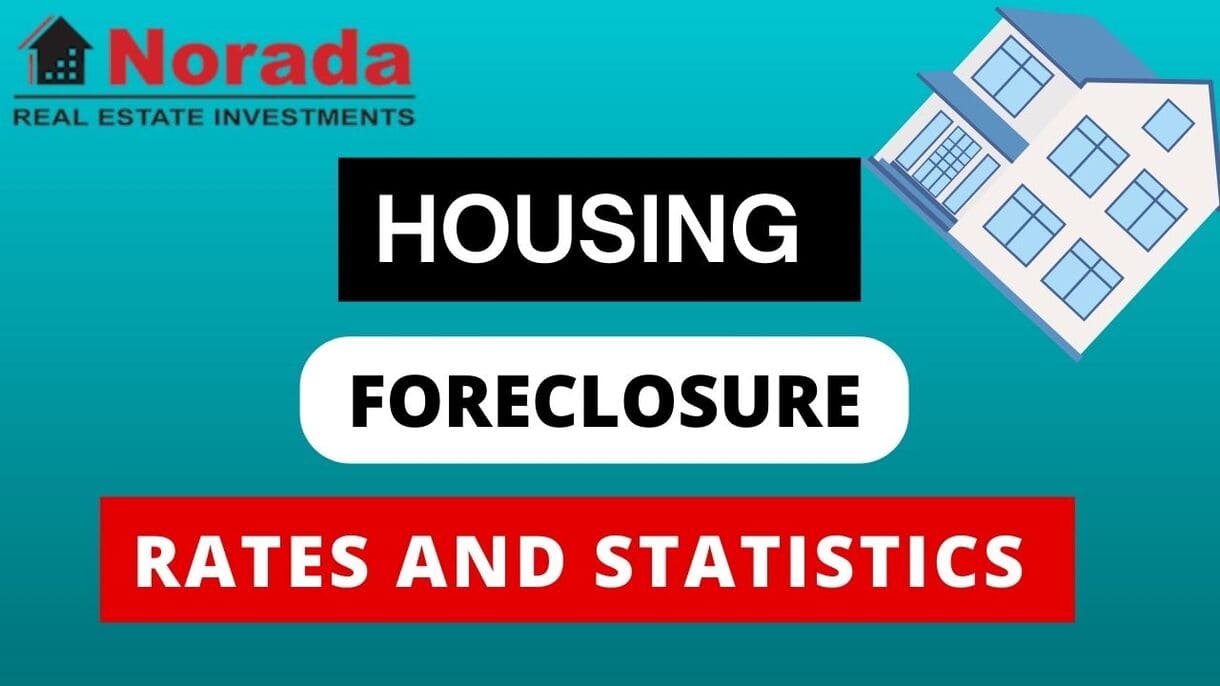The Milwaukee housing market right now is showing some interesting trends, and understanding them can make a big difference in your real estate journey. As of September, the typical home listing price hovered around $239,450, a slight dip from August. This suggests a market that's stabilizing rather than rapidly inflating, which can be good news for both buyers and sellers looking for a more predictable experience.
The number of homes for sale saw a healthy bump in September, growing by 6.8% compared to the month before. This is a bit more than we typically see this time of year, and it means more choices for buyers. On the flip side, homes are taking a little longer to sell than they did last year, indicating a market that's cooling just a touch. It’s not a drastic shift, but it’s definitely something to keep an eye on if you’re looking to make a move.
Milwaukee Housing Market Trends in 2025
Home Prices: A Gentle Shift, Not a Steep Drop
Let’s talk about prices, because that’s usually on everyone’s mind. Realtor.com’s September data showed that the price per square foot in Milwaukee dipped by a tiny 0.1% from August. Now, this might sound like a big deal, but when you compare it to the national trend, Milwaukee is actually holding steady. Nationwide, the price per square foot decreased by 0.8%, meaning our favorite Brew City is experiencing a much gentler adjustment.
For me, this is a sign of a resilient market. Prices aren't plummeting; they're just adjusting. This is important because it suggests that while buyers might have a little more negotiating power, sellers aren’t facing massive losses. It’s more of a balanced market emerging, where neither side has an overwhelming advantage.
Here’s a quick look at how Milwaukee’s price trends compared to the nation in September:
| Metric | Milwaukee | United States |
|---|---|---|
| Median Listing Price | $239,450 | – |
| Price/Sq Ft Change | -0.1% (Month-over-month) | -0.8% (Month-over-month) |
Inventory on the Rise: More Options for Buyers
One of the most significant shifts I’m seeing is in the inventory of homes. In September, there were 1,004 homes for sale in Milwaukee. That’s not just more than last month; it's a 16.9% increase compared to the same time last year. This is a substantial jump and is exactly what buyers have been hoping for. More listings mean less competition and potentially more opportunities to find the perfect home without facing multiple bidding wars.
Compare this to the national picture, where active inventory only grew by a modest 0.2% from the previous month. Milwaukee is clearly outpacing the rest of the country in adding homes to the market. This growth is a welcome sign for anyone who’s felt frustrated by the limited choices of the past few years.
Time on Market: A Slightly Slower Pace
As a result of more homes being available, it’s natural that homes might take a little longer to find their new owners. In September, homes in Milwaukee spent an average of 32 days on the market. This is just one day longer than the month before and two days longer than last September.
While this might seem like a small increase, it's a noticeable shift from the super-fast markets we’ve experienced. Nationally, homes took an average of 62 days to sell in September, meaning Milwaukee homes are still selling significantly faster than the national average. This tells me that even with more options, Milwaukee remains an attractive and relatively quick market for selling compared to many other areas.
What This Means for You: Buyer and Seller Insights
So, what’s the takeaway? If you’re a buyer, this is a fantastic time to be searching for a home in Milwaukee. The increased inventory means you have more choices and potentially more room to negotiate on price or terms. Don’t rush, but be ready to act when you find the right place. The market is still moving, just at a more measured pace.
For sellers, it’s important to be realistic about your pricing and prepare your home well. While homes are selling, they’re not flying off the market as quickly as they might have last year. A well-presented, competitively priced home will still attract attention and sell efficiently. It’s about making your property stand out in a growing selection.
Looking Beyond the Numbers
From my years in the real estate world, I’ve learned to look beyond just the median price or the number of days on market. Milwaukee is a city with so much to offer – a vibrant culture, great food, beautiful lakefront, and a strong sense of community. These intrinsic qualities continue to draw people in, regardless of minor fluctuations in the market.
The current trends suggest a market hitting its stride, where buyers can find good value and sellers can still achieve a fair price. It’s a sign of maturity and stability, which I believe bodes well for the future of the Milwaukee housing market. It’s less about hot-and-cold speculation and more about sustainable growth.
Milwaukee Housing Market Forecast: Riding the Wave Through 2026
After a somewhat sluggish period, is the Milwaukee housing market ready to kick things up a notch? As the saying goes, “past performance is not indicative of future results” but it sure does give us a solid foundation to work with. Second quarter data from the Greater Milwaukee Association of REALTORS® (GMAR) reveals an interesting story. While we saw a solid 1.6% increase in home sales compared to last year, a deeper dive combined with a touch of foresight suggests the Milwaukee housing market forecast for 2025-2026 is nuanced, so, let's get into it!
2025: A Tale of Two Quarters
The first half of 2025 paints a mixed picture:
- Overall Growth: The four-county metro area saw a 1.6% increase in total home sales.
- June Surge: June specifically experienced a significant 13.7% jump in sales compared to June of the previous year. This is an encouraging sign, but we can’t get ahead of ourselves just yet.It should be highlighted that this June jump is relative to the weaker sales numbers recorded from 2024.
- The Inventory Squeeze: Despite increased listings, inventory is still critically low, with only about 3.2 months of supply available. If you take away listings with pending offers, you go down to only 1.4 months of inventory.This means buyer competition will remain intense for the foreseeable future.
- Price Appreciation: Average prices in the metro area are up 5.4%, hitting $457,573. Milwaukee County saw a whopping 9.9% price increase! This indicates strong seller control in the market. With more cash for fewer houses, prices are likely to remain high.
Here is a quick view of the summary
| Area | 2nd Quarter Sales (% Change) | June Sales (% Change) | 2nd Quarter Listings (% Change) | June Listings (% Change) |
|---|---|---|---|---|
| Metro Area | 1.6% | 13.7% | 4.4% | 11.2% |
| Milwaukee Cnty | -2.5% | 10.3% | 3.2% | 14.8% |
| Waukesha Cnty | 8.5% | 20.7% | 7.5% | 7.4% |
The Inventory Puzzle: Why Is It So Low?
According to GMAR, the low inventory is not due to a lack of buyers, but rather a lack of homes for sale. This is driven by two key factors:
- Interest Rate Lock-In: Many homeowners are hesitant to sell because it would mean giving up their low mortgage rates from before mid-2022. This reduces the number of homes hitting the market.
- Limited New Construction: The area is not building enough new homes to keep up with demand. New construction is vital to ease price pressures and meet the needs of the growing population.To reach a balanced market, we would need an additional 3,910 units added to the inventory.
Forces at Play: Why Milwaukee and Why Now?
Milwaukee's housing market challenges are amplified by broader trends:
- Generational Demand: Millennials and Gen Z are entering the housing market in full force, competing with Baby Boomers looking to downsize. This combination of first-time buyers and empty-nesters creates huge demand, which is not easily met.
- Construction Challenges: New home construction is slower than it's been historically.
- Economic Landscape: The broader economic situation has a tremendous effect on consumers. This can affect their ability to buy and to sell.
- Government Policies: Government decisions at many level have an effect on housing.
My Forecast for the Milwaukee Housing Market:
Taking all of these factors in consideration, here is what it looks like Milwaukee's housing market will yield in 2025-2026:
- Continued Price Growth (Moderated): I expect prices to continue rising, but at a slower pace than the nearly 10% increase seen in Milwaukee Co. It should drop to maybe 5-7% increase. The initial surge is likely over, because high prices will eventually temper demand.
- Low Inventory Persists: Unfortunately, it's likely that inventory challenges will continue into 2026, unless there is a significant change in interest rates, new construction volume, or a major economic shift.
- Competition Remains Intense: With low inventory, buyer competition will remain high, meaning that homes located on prime real estate like Waukesha will continue to be in high demand by growing families.
- Slightly More Balanced Market: Expect a slight shift towards a more balanced market, where buyers have slightly more bargaining power. However, it will still favor sellers because if inventory doesn't keep up with sales, the low supply will drive costs up.
How to navigate the market if the trends come true:
| Buyer | Seller |
|---|---|
| Act Fast: Be prepared to make quick decisions when you find a home you love. | Price Strategically: Work with a REALTOR® to price your home competitively. |
| Get Pre-Approved: A pre-approval can make your offer more attractive. | Highlight Home’s Advantages: Showcase any updates or unique features. |
| Consider Contingency Funds Have additional funds set aside in case a problem is flagged on property inspection. | Ensure Curb Appeal Ensure landscaping and exterior of home are appealing to set a good first impression. |
The Long-Term Implications
Milwaukee's housing shortage has implications beyond just the current market conditions:
- Wealth Inequality: If people remain in rental units, they'll miss out on the wealth-building potential of homeownership, which further exacerbates wealth gaps.
- Economic Impact: Limiting homeownership can impact the local economy, as homeowners tend to invest more in their communities.
Should You Invest in the Milwaukee Real Estate Market?
Milwaukee is a city in Wisconsin that offers real estate investors a lot of opportunities. With a population of over 590,000 people, it is the largest city in the state and offers a diverse range of neighborhoods, property types, and investment opportunities. Here are some of the top reasons to consider investing in Milwaukee's real estate market:
- Affordability: Compared to other major metropolitan areas in the United States, Milwaukee offers relatively affordable real estate prices. This means that investors can find deals on both residential and commercial properties that are priced lower than similar properties in other cities.
- Strong rental demand: Milwaukee has a strong rental market, with a high percentage of residents who rent their homes. According to data from the U.S. Census Bureau, over 50% of Milwaukee's residents are renters. This creates a significant demand for rental properties, particularly in areas that are close to downtown, universities, or other major employers.
- Growing economy: Milwaukee has a diverse economy that is experiencing steady growth. The city is home to a range of industries, including manufacturing, healthcare, finance, and education. According to the Milwaukee Economic Development Corporation, the city has seen a 13.5% increase in employment since 2010, and the unemployment rate has dropped from 9.5% in 2010 to 3.5% in 2022. A growing economy typically translates to increased demand for real estate, both from businesses and from residents.
- Low vacancy rates: With strong demand for rental properties, it's not surprising that Milwaukee has a relatively low vacancy rate. According to data from RentCafe, the overall vacancy rate in Milwaukee was 5.5% in 2021, which is lower than the national average of 6.8%.
- Urban revitalization: Milwaukee's downtown and surrounding neighborhoods have undergone a significant revitalization in recent years, with new development projects and investments in public spaces. The city has also seen an increase in younger residents who are attracted to urban living. This has led to an increase in demand for properties in walkable neighborhoods that offer amenities like restaurants, bars, and shopping.
- Favorable landlord-tenant laws: Wisconsin has landlord-friendly laws that make it easier for property owners to manage their rental properties. For example, landlords can evict tenants for non-payment of rent with just a five-day notice, and there are no limits on the amount that landlords can charge for security deposits. This can make investing in rental properties less risky for investors.
- Availability of financing: Like many other cities, Milwaukee has a range of financing options available for real estate investors. Local banks and credit unions offer commercial real estate loans, and the city has a range of public-private partnerships that provide funding for development projects. Additionally, there are a variety of federal and state programs that offer to finance affordable housing projects and other real estate development initiatives.
Therefore, Milwaukee's real estate market offers several compelling reasons to invest. The city has a strong economy, affordable prices, a growing rental market, and a diverse population. These factors, combined with tax incentives and a robust infrastructure, make Milwaukee an attractive location for real estate investors. However, like any investment, there are risks involved, and investors should carefully consider their options before investing.
Want Better Cash Flow? Invest in High-Demand Housing Markets
Turnkey rental properties in fast-growing housing markets offer a powerful way to generate passive income with minimal hassle.
Work with Norada Real Estate to find stable, cash-flowing markets beyond the bubble zones—so you can build wealth without the risks of ultra-competitive areas.
🔥 HOT NEW LISTINGS JUST ADDED! 🔥
Talk to a Norada investment counselor today (No Obligation):
(800) 611-3060
Read More:





